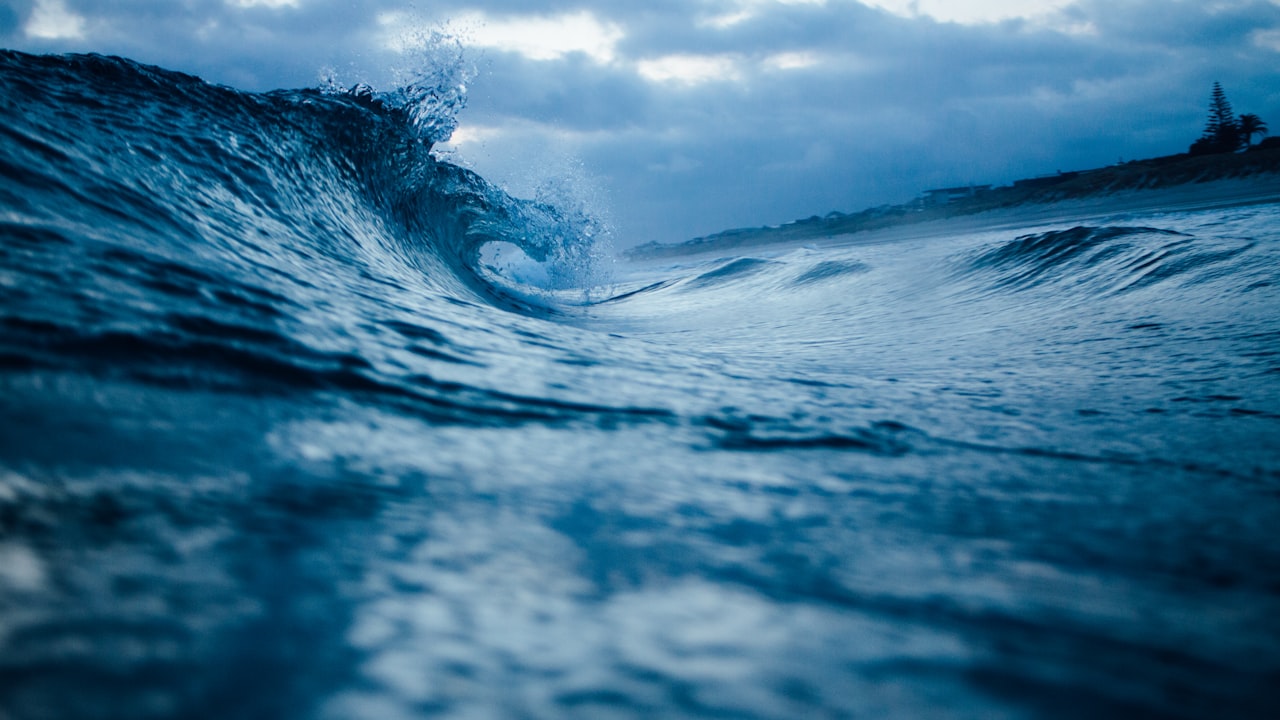Water balloons are often crafted from a special kind of rubbery material called latex. It’s like the reason for stretchiness, allowing the balloon to expand and hold all that watery goodness. Some eco-friendly options use natural latex, making them planet-friendly champs.
Now, for the reusable self sealing water bomb balloons, they often feature durable materials like TPU (Thermoplastic Polyurethane) or similar stuff. It’s tough enough to handle the splashes, yet flexible for all your water-flinging adventures.
What Materials Are Used In Self-Sealing Water Bombs?
TPU (Thermoplastic Polyurethane)
Alright, the first up in the lineup of reusable water balloon materials is TPU or Thermoplastic Polyurethane. It’s a bit of a mouthful, but all you need to know is that TPU is like the superhero of non-toxic materials. It’s flexible, tough, and perfect for crafting reusable water balloons that can withstand the wildest water wars without posing any harm to you or the environment.
EVA (Ethylene Vinyl Acetate)
Next on the scene is EVA, or Ethylene Vinyl Acetate. Think of it as the friendly giant of materials—soft yet sturdy. Reusable water balloons made from EVA are not only durable but also completely non-toxic. So, when you’re splashing around with these balloons, you’re diving into the fun without any worries about harmful substances.
Natural Latex
Ah, the classic hero of the balloon world—natural latex. It’s like the cool cousin of the rubber family, sourced straight from rubber trees. Reusable water balloons made from natural latex are not only biodegradable but also completely non-toxic. So, when the water balloon fight is over, you can rest easy knowing you haven’t introduced any harmful stuff into the mix.
Silicone
Silicone makes an entrance as another star in the reusable water balloon materials cast. It’s a bit like the chameleon of the material world—adaptable and safe. Silicone-based water balloons are not only reusable but also free from toxic chemicals. So, when you’re filling them up for round two (or three, or four), you’re keeping the water play purely fun and worry-free.
Polyethylene
Last but not least, let’s talk about Polyethylene. It’s a bit like the reliable friend who’s always got your back. Reusable water balloons crafted from Polyethylene are not only tough and resilient but also completely non-toxic. So, when the water balloon festivities are in full swing, you’re engaging in non-toxic, eco-friendly play.
Busting Some Myths
Now, let’s bust a common myth—just because these materials are non-toxic doesn’t mean they compromise on durability. Reusable water balloons made from these materials are designed to handle the splashes, tosses, and fun of water play while ensuring your safety. They’re like the wonders of the water balloon world, making a splash without leaving any harmful residues behind.
Conclusion
In a nutshell, when you opt for reusable water balloons made from TPU, EVA, natural latex, silicone, or Polyethylene, you’re not just choosing durability and endless fun. You’re also choosing materials that prioritize your safety and the well-being of the environment. So, dive into your next water balloon adventure with confidence, knowing that the materials at play are as safe as they come.
